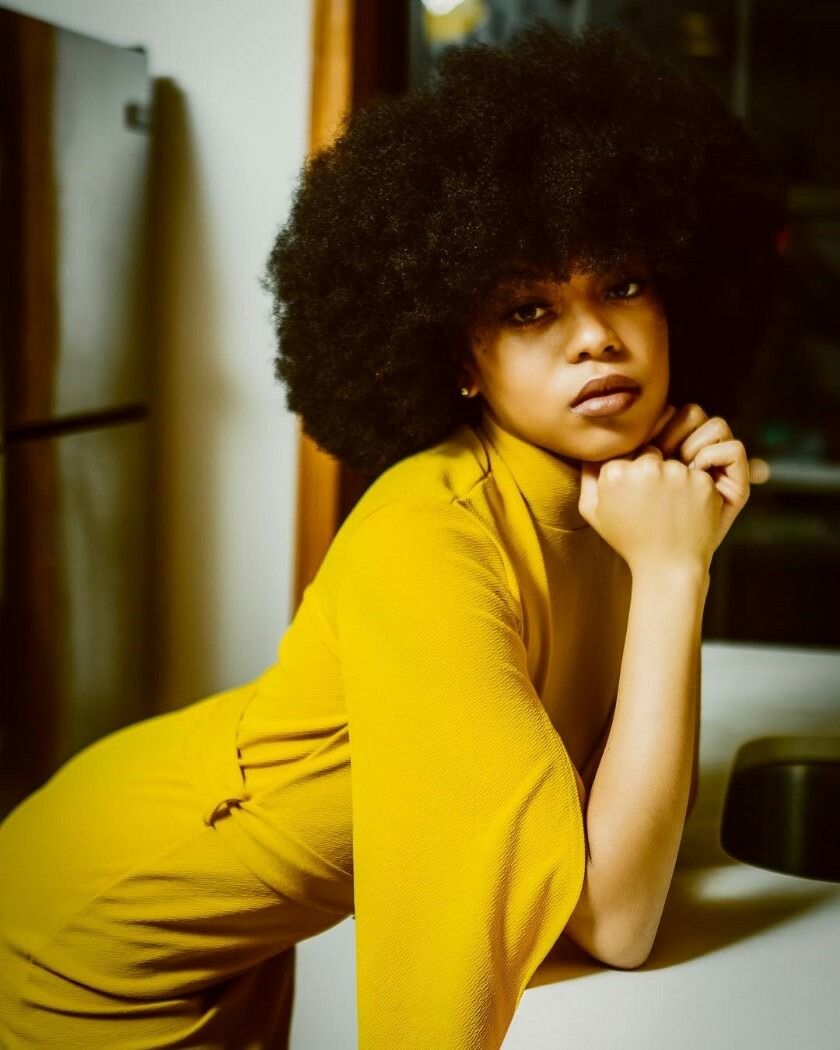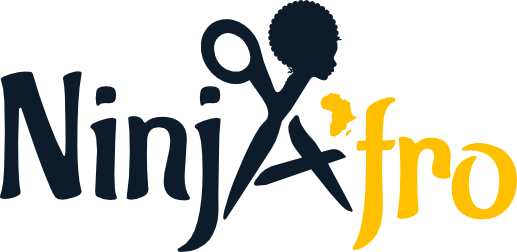Top 5 Tips: Big Chop to Natural Afro Hair

Contributor: Akua Abedi-Boafo (@kwiyahwrites)
Girl! If you’re thinking about big chopping, transitioning or you’re just trying to find out about natural hair, you’re in the right place!
Let’s start at the very beginning. My hair was texturized for nearly my whole life. The earliest memory I have of my natural hair is in Year 6 (when I was 10 years old). Thinking about it, it was quite silly to texturize my hair; texturizer is for hair softening but my hair was always soft and “easy to manage” (not sure how I feel about this term). The only reason I can think of for having wanted my hair texturized was so my hair could be straight!
Western beauty standards play a part and, as much as people don’t want to admit it, we’ve got to be real and self-aware if we’re serious about this hair journey. How the world defines beauty has a direct impact on how we define our own beauty. Luckily, I was surrounded by others who had started to embrace natural hair and I was inspired to transition to natural hair when I was 18 years old. My older sister and two cousins had already big chopped, so seeing the beauty of natural hair pushed me to cut my transition period short, and so I cut it all off!
I had toyed with the idea of transitioning slowly, but I just thought, “what’s the point waiting to transition when I can get it over and done with now! The longer I spend transitioning and managing both hair types (texturized and natural), the longer it will take my hair to grow”. So fast forward to 16th June 2018, I big chopped (cue for natural hair ladies to clap and cheer). I had never seen my hair so short and, although it was liberating, it took some getting used to.
I know the experience can be overwhelming, so I wanted to share my five steps to help you whether you’re about to do a big chop or you’re already on the hair transitioning journey.
1. FIND OUR WHAT YOUR HAIR LIKES. To do this, you should first assess your hair porosity using the The Float Test. This is so important because it determines what products you should use on your hair. Having low hair porosity just means your hair is resistant to moisture so you tend to have drier hair (that’s me!). High porosity is the opposite – your hair doesn’t absorb moisture well.
2. RESEARCH PRODUCTS. If your hair needs more moisture research what oils, conditioners and leave-in conditioners will work for you. The same goes for if you want to achieve growth, replenishment or curl definition. I had people around me who were further ahead of me on the transition journey so, knowing their relative porosity, curl pattern etc., it was easier to gauge what products would suit me. YouTube, Instagram and blogs are a great way to find out what products are good.
3. SHOP!! After you’ve done your research, it’s time to shop! The most exciting part for me, lol. Honestly, shopping for my self-care was so refreshing. Bettering yourself in any aspect is always good for your mental health. The key things you’ll need are good conditioners (for deep conditioning and leave-in), oil and a spray bottle. I wouldn’t be too fussed about shampoo because shampooing strips natural moistures and we need all the moisture we can get! An effective way to keep your scalp and hair clean is to wash your hair with conditioner weekly and shampoo bi-weekly. However, more frequent shampoo washes may help you – you’ll know what works best when you complete Step 1.
4. MOISTURISE. I started with the LCO method which stands for Liquid (water), Cream (leave-in conditioner) then Oil. Two years on, the LCO method is what I still use. It works well for me because I’m getting the moisture I need by locking it in with oil at the end. It’s especially effective for me given the UK climate; without it, my hair becomes dull and dry! The LOC method (Liquid, Oil, Cream) is also worth trying. Both LCO and LOC have their merits, but you need to try them to see what works best for you.
5. PROTECT. A final tip is to wear your hair in plaits whenever you can. When you’re just at home and especially before going to bed, plaits are your best friend. Curly hair gets tangled easily so to avoid that, retain growth and to keep your hair healthy, throw in some Doo Doo plaits. They’re a protective style and if you want faster, better results it's imperative that you protect your hair!
Lastly, HAVE FUN! You’ve got to have fun with it. Enjoy watching your hair thrive and don’t put too much pressure on it. I’ve seen so many people go back to relaxed or texturized hair because they weren’t happy with the results they were getting within certain time frames. Let your process be. It’s an awe-striking and beautiful experience to see how your natural hair develops from your roots.
Still not 100% convinced about a big chop? Based on my experience, I would say “be bold and take the plunge”. Try rocking your short hair as much as possible instead of hiding it under a wig, you’ll look back and regret not embracing it in that form. Happy Cutting and enjoy the journey of discovery!
